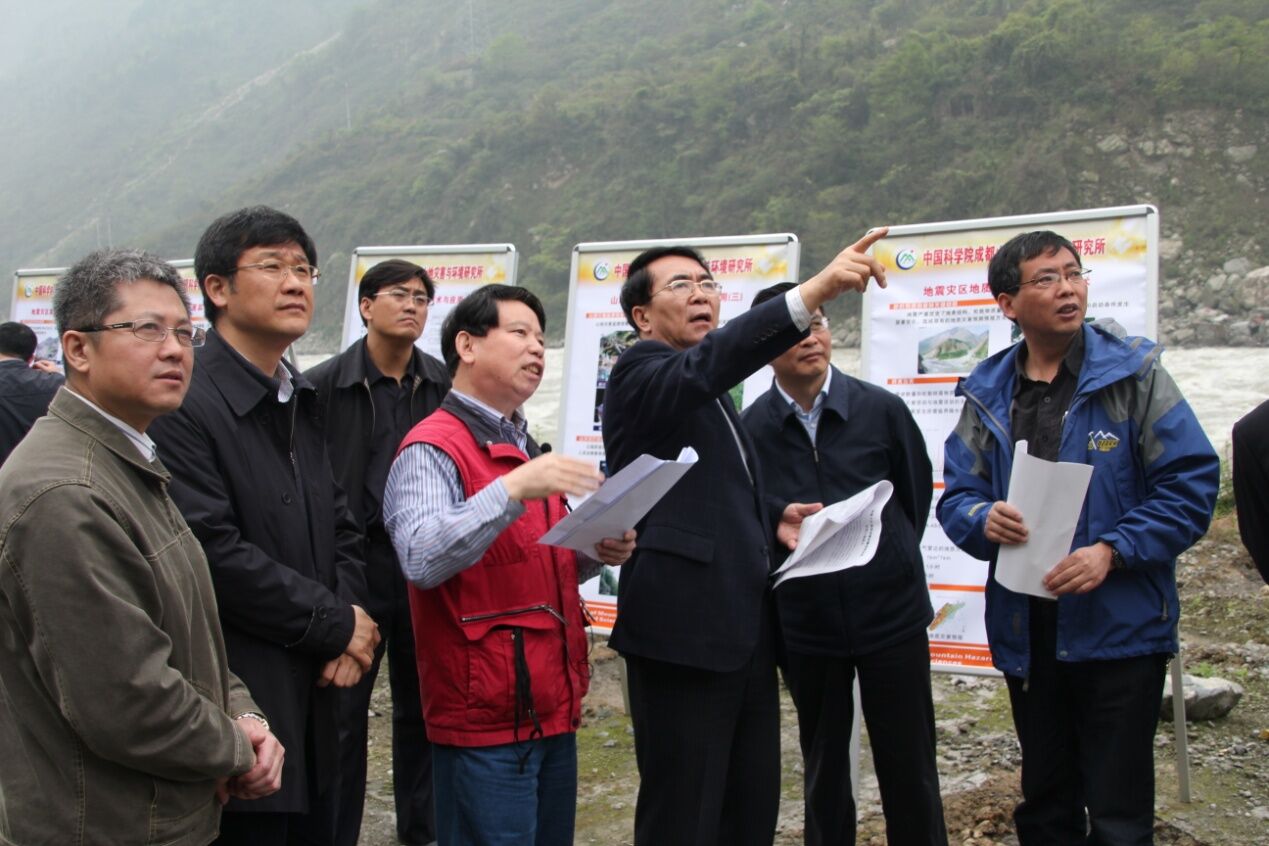| Multimedia |

|
| Location: Home > Research > Research Progress |
| IMHE Reveals the Geomorphological Processes and Ecological Effects of the Water-Level Fluctuation zone of Three Gorges Reservoir | TEXT SIZE: A A A |
|
The significant alternation of hydrological regime has completely changed the ecological pattern of the water-level-fluctuation zone. Additionally, as well as anthropogenic impacts on the zone, the soil, vegetation, hydrology and microtopograph have experienced dramatic changes. The geomorphological concern on the TGR thus far has largely focused on the response of the reservoir as a whole to the environmental changes of the upstream river and the associated basin and its downstream impact. For the water-level fluctuation zone, massive and diffusive physical processes have been dabbled. However, the coupled effect of these processes on the water-level fluctuation zone and its response to them remain unaddressed, which also thwarts the progress of understanding the geochemical and biological processes that are linked to the deteriorated pollution and destroyed ecosystem in the zone. Based on its geomorphological characteristics, Dr. Bao Yuhai of Institute of Mountain Hazards and Environment, Chinese Academy of Sciences (IMHE) and his team summarized the geomorphological nature of the water level fluctuation zone in the TGR and its crucial roles as the interface between the artificial lake and the terrestrial uplands. Through comparing the zone with some other relevant areas, such as the littoral zone, riparian zone and riparian ecotone, the researcher redefined the water-level-fluctuation zone. By long-term field investigation, the researchers divided this zone into three types that have hillside profiles with distinct shapes and gradients, grain components and sizes, and land uses. The first refers to the areas that have an approximately linear slope profile with the gradient less 15°and large lateral extents. The second is the areas comprised of both soils and rock fragments typically with the horizontally projected width of a slope between 60 and 100m. And the third is the areas consisting of carbonate and other bedrocks with a thin layer of bare soils, which commonly has a steep slope or cliff with the gradient greater than 45°. Although the three types of the zone have experienced the same set of geomorphological processes under the new annually cyclic hydrological regime, their responses and the associated morphologies are distinguishable. Thus the researchers depicted them separately. The results also showed that accompanied with these processes are geochemical and biological processes that bring about exacerbated pollution and destroyed ecosystem in this zone. The researchers elaborated these problems and indicated the potential research directions toward fully understanding the complex geomorphological, geochemical, and biological processes prevalent in the zone. Their finding showed that the complex interactions among geomorphological, geochemical, and ecological processes have made the zone a unique geomorphologic unit in the world. Understanding these processes will provide profound insights into the effect of the zone on water quality and the ecological environment of the Three Gorges Reservoir, which may help to give the birth of new environmental policies. This research was supported by both the National Natural Science Foundation of China (Grant No.41171222 & 41201272) and the Chinese Academy of Science (Grant No.KZCX2-XB3-09 & KZZD-EW-TZ-06-02). The research achievements have been published in Earth-Science Reviews 150 (2015) 14-24. Full text URL: http://www.sciencedirect.com/science/article/pii/S0012825215300143
|